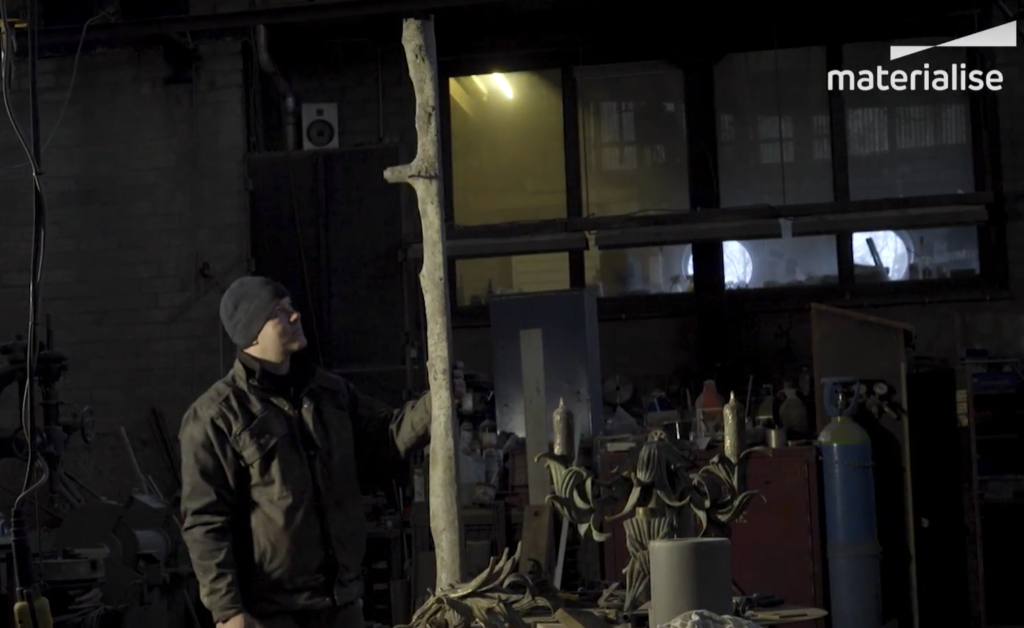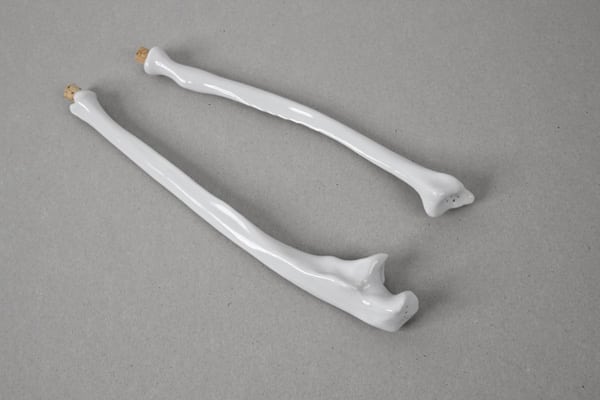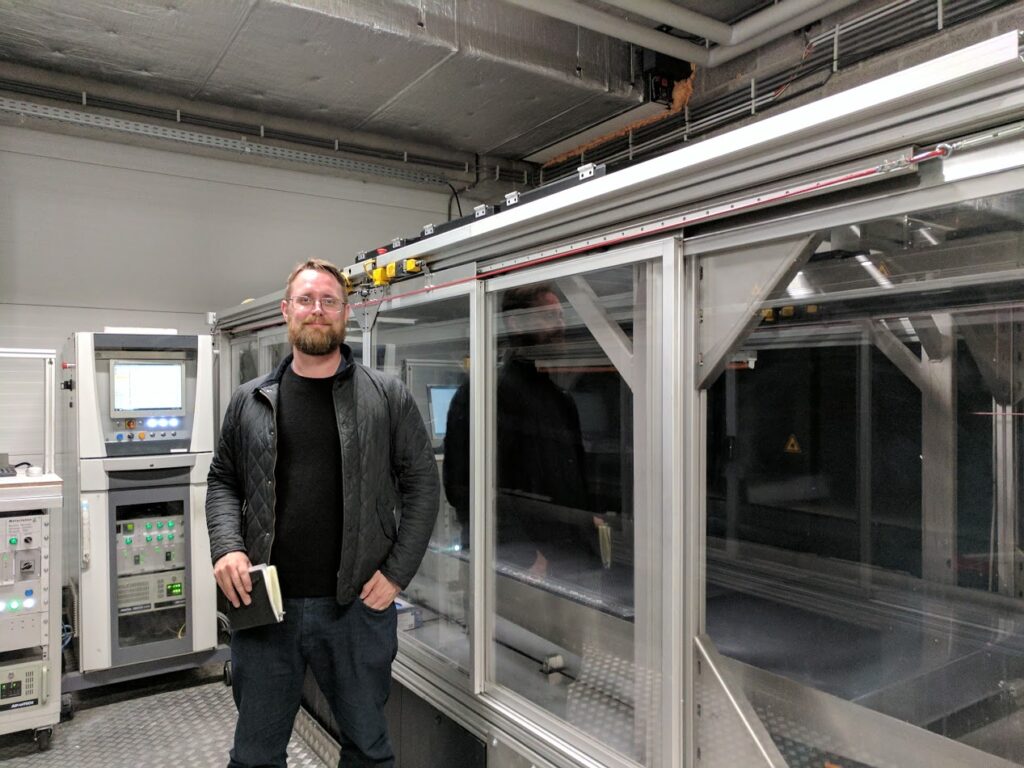The Norwegian art duo “L+S” used SLA 3D printing as part of the workflow to create bronze sculptures of trees. The duo, consisting of Lutz-Rainer Müller and StianÅdlandsvik, was commissioned by Ullertunet, the Oslo Dementia Nursing Home, to create the four-meter-high sculpture.
The bronze tree is made by transforming the traditional “lost wax” casting process. Use photogrammetry to convert photos of approximately one thousand bare-branched trees into 3D scans. Then, the artist improved the casting model using DSM Somos TetraShell technology. The build processor reduces the large sculptures into smaller parts, which are manufactured on one of the Materialize Mammoth 3D printers.
The process
After reconstructing the various parts of the model, 3D printing enabled bronzesmith Thomas Sijen to “skip some parts of the traditional lost wax casting method”, saving time and cost. This involves creating a composite “stucco” mold around the model before pouring the bronze directly into the model. After cooling, the composite material was broken to reveal the bronze shape of the tree.
Ådlandsvik explained the reason why only half of the tree was dropped and said that they hope to explore the concept of “time…memory, recovery…and dignity”, especially the fragmentary nature of the memories of those affected by dementia. Then, the sculpture itself is installed next to the modeling tree, and patients can see them side by side, one growing and growing with the season, the other freezing with time.

Bronze and beyond
The method of using 3D printing to make sculptures is increasingly used in the art world, and it has a history of more than ten years.
Materialize also has a long history of dealing with art projects, and even held an exhibition to showcase Andy Warhol’s work during RAPID (from the perspective of 3D printing). On the occasion of the company’s 25th anniversary, a 3D printing art exhibition was held at the Bozar Center in Brussels.
In addition, this is not the first time L+S has used this technology in its work. The 2013 work “Lalt and Sepper” consists of a salt and pepper cellar shaped like the bones of the artist’s armpit. These porcelain containers are made using 3D printed molds scanned by the artist’s arm CAT.



